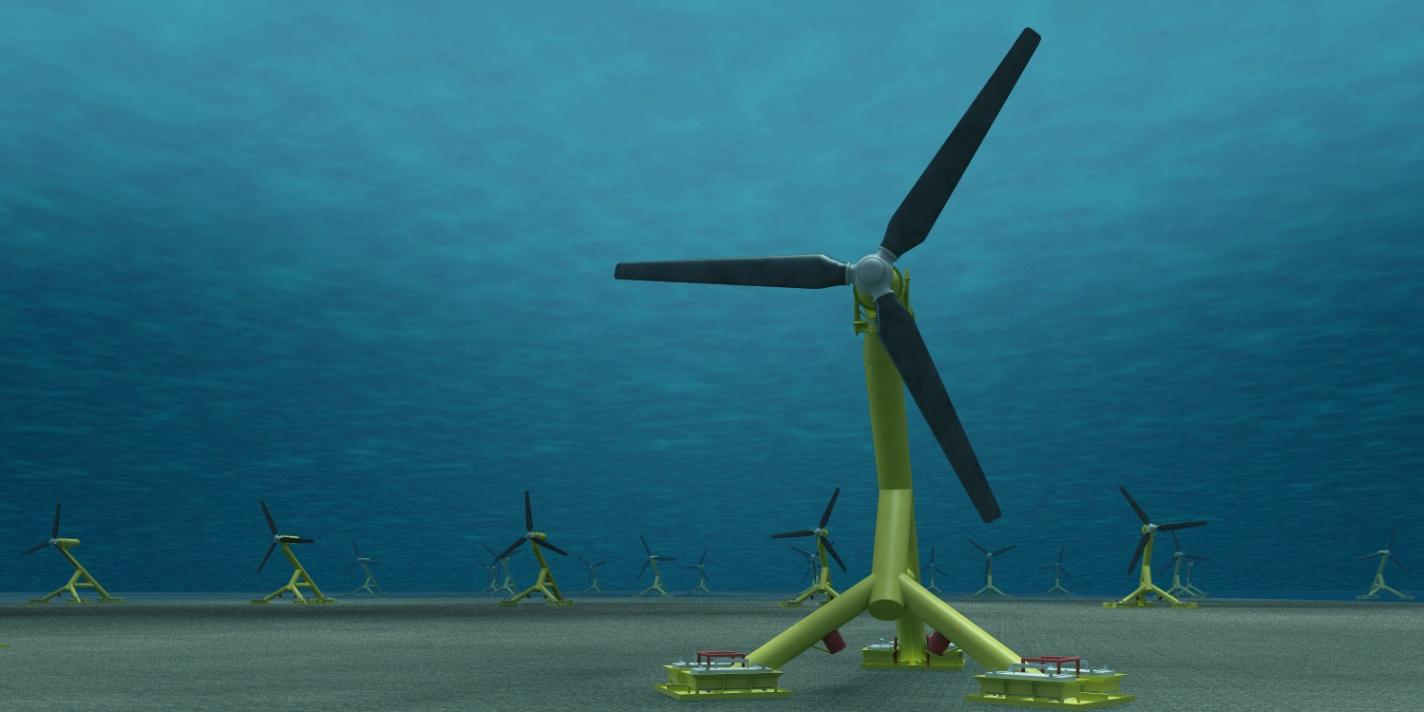What Are Some Cool Facts About Tidal Energy?
Tidal energy, a renewable energy source harnessed from the movement of tides, offers a promising solution to our energy needs. This article delves into the fascinating world of tidal energy, exploring its technologies, environmental impact, economic considerations, and future prospects.

Types Of Tidal Energy Technologies
Barrage/Tidal Dam:
- Construction and Operation: Barrage systems involve constructing a dam across an estuary or bay, creating a reservoir. The incoming and outgoing tides fill and empty the reservoir, driving turbines to generate electricity.
- Notable Projects: The Rance Tidal Power Station in France, the world's first large-scale tidal barrage, has been operational since 1966. The Sihwa Lake Tidal Power Station in South Korea, completed in 2011, is another notable example.
- Advantages: Barrage systems offer predictable and reliable power generation. They have a long lifespan and can provide flood protection and create new recreational areas.
- Disadvantages: Barrage systems can have a significant environmental impact, altering tidal patterns and affecting marine ecosystems. They are also expensive to construct and maintain.
Tidal Turbines:
- Concept and Placement: Tidal turbines, similar to wind turbines, are underwater devices that capture the kinetic energy of moving tides. They are placed in areas with strong tidal currents, typically in coastal waters or estuaries.
- Successful Projects: The MeyGen project in Scotland, operational since 2017, is the world's largest tidal turbine array. The Swansea Bay Tidal Lagoon project in Wales, currently under construction, will feature an array of tidal turbines.
- Advantages: Tidal turbines have a lower environmental impact compared to barrage systems. They can be deployed in various locations and have the potential for large-scale power generation.
- Disadvantages: Tidal turbines can be expensive to install and maintain. They may also pose a risk to marine life and require careful siting to minimize ecological impacts.
Tidal Lagoons:
- Concept and Design: Tidal lagoons are enclosed bodies of water created by constructing a堤坝across an estuary or bay. The tides fill and empty the lagoon, generating electricity through turbines installed in the堤坝.
- Existing and Planned Projects: The Swansea Bay Tidal Lagoon project in Wales is a notable example of a planned tidal lagoon. The project aims to generate clean, renewable energy while also providing flood protection and habitat creation.
- Advantages: Tidal lagoons offer predictable and reliable power generation. They have a lower environmental impact compared to barrage systems and can provide additional benefits such as flood protection and habitat creation.
- Disadvantages: Tidal lagoons can be expensive to construct and may have a visual impact on the surrounding landscape. They also require careful planning and design to minimize environmental impacts.
Environmental Impact Of Tidal Energy
Positive Impacts:
- Carbon-Neutral and Sustainable: Tidal energy is a clean and renewable energy source that does not produce greenhouse gases. It offers a sustainable alternative to fossil fuels, helping to reduce our carbon footprint.
- Minimal Visual Impact: Tidal energy systems, particularly tidal turbines and tidal lagoons, have a low visual impact compared to other renewable energy technologies such as wind turbines or solar panels.
- Low Noise Pollution: Tidal energy systems operate quietly, producing minimal noise pollution. This makes them suitable for deployment in coastal areas without causing disturbance to nearby communities.
Negative Impacts:
- Impact on Marine Ecosystems: Tidal energy systems can potentially affect marine ecosystems by altering natural tidal patterns and habitats. The presence of tidal turbines and堤坝can disrupt the movement of marine life and may pose a risk of collision.
- Disruption of Natural Tidal Patterns: Barrage systems, in particular, can significantly alter tidal patterns, affecting sediment transport and coastal processes. This can have implications for coastal erosion and the stability of ecosystems.
- Collision Risk for Marine Life: Tidal turbines, if not carefully designed and sited, can pose a risk of collision for marine life, particularly for species that migrate through tidal channels.
Economic Considerations And Challenges
Cost-Effectiveness:
- High Upfront Costs: Tidal energy projects, particularly barrage systems and tidal lagoons, involve high upfront capital costs. The construction and installation of these systems require specialized engineering and infrastructure.
- Comparison with Other Renewables: The cost of tidal energy is generally higher compared to other renewable energy sources such as solar and wind. However, the predictability and reliability of tidal energy can offer long-term economic benefits.
- Government Subsidies and Incentives: To promote the development of tidal energy, many governments offer subsidies and incentives to reduce the financial burden of these projects and encourage investment.
Technological Challenges:
- Harsh Marine Conditions: Tidal energy systems must withstand harsh marine conditions, including strong currents, waves, and corrosive海水. This poses significant challenges in the design and construction of these systems.
- Efficiency and Reliability: Improving the efficiency and reliability of tidal energy technologies is crucial for their commercial viability. Ongoing research and development efforts focus on optimizing turbine designs, reducing maintenance costs, and enhancing overall performance.
Future Prospects And Conclusion
Future Potential:
- Growing Interest: Tidal energy is gaining increasing attention as a promising renewable energy source. Governments and industries worldwide are investing in research and development to advance tidal energy technologies.
- Large-Scale Deployment: With ongoing technological advancements, tidal energy has the potential for large-scale deployment, contributing significantly to the global energy mix.
- Research and Development: Ongoing research focuses on improving the efficiency and cost-effectiveness of tidal energy systems, addressing environmental concerns, and developing innovative technologies to harness the power of tides.
Tidal energy offers a promising solution to our energy needs, providing a clean, renewable, and predictable source of power. While there are challenges to overcome in terms of cost and environmental impact, ongoing research and development efforts hold great promise for the future of tidal energy. As we continue to explore and harness the power of the tides, we move closer to a sustainable energy future that benefits both our planet and its inhabitants.
YesNo

Leave a Reply